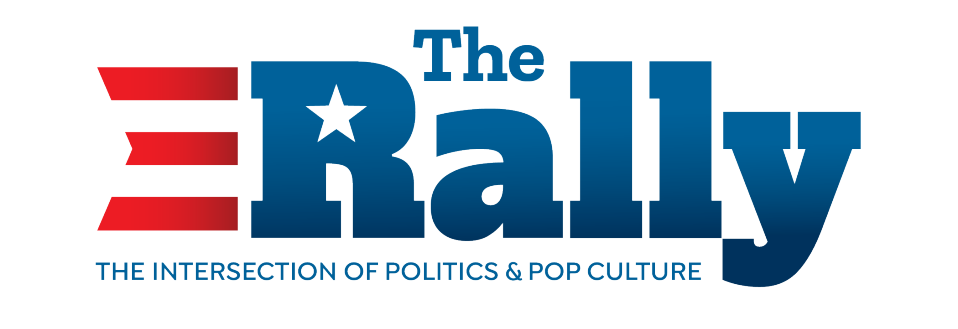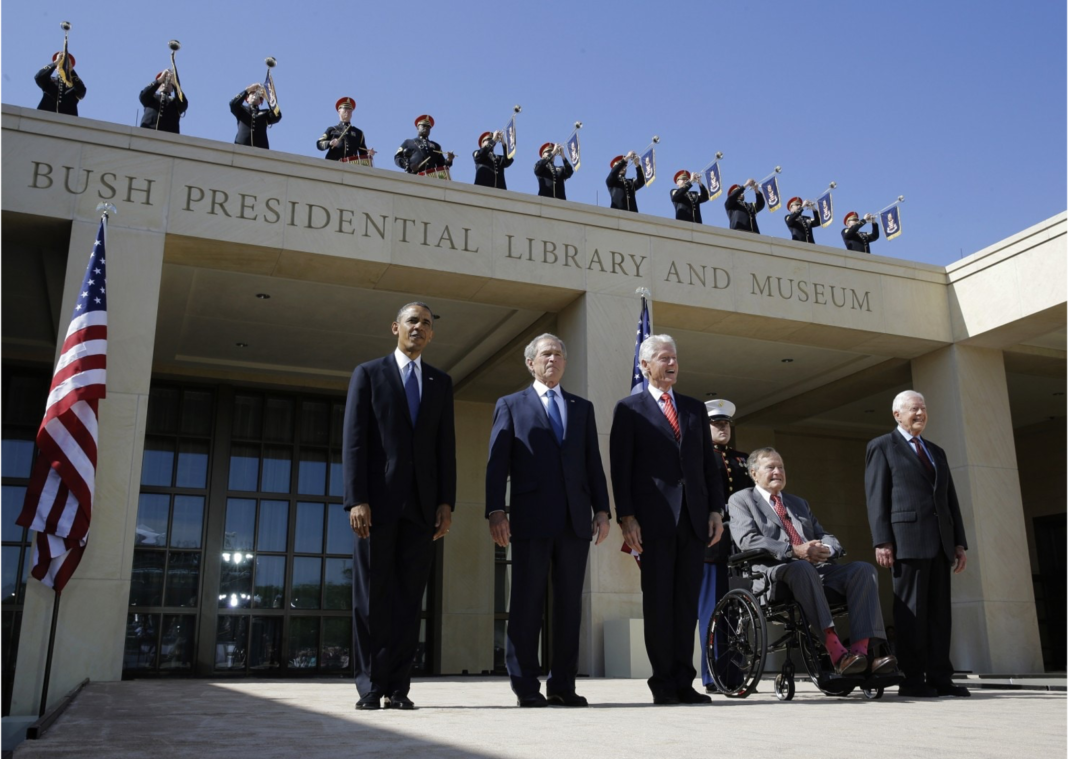Presidential libraries: They are mentioned periodically in the annals of preserving U.S. history, yet their specific purpose might not be readily known in the broader spectrum of displaying and retrieving important documents and artifacts from years long since passed.
While there were informal preservation efforts since this country’s earliest days, the process of having a dedicated presidential library and museum for each commander-in-chief became official in 1939 when Presidential Franklin D. Roosevelt donated his personal and professional papers to the federal government.
Roosevelt’s act set in motion the creation of the Presidential Library System and the establishment of nonprofit corporations that raise funds for the construction of the buildings.
In a 1941 dedication ceremony for his namesake library and museum, Roosevelt laid out the reasons he wanted to donate his work product to the federal government, which at the time was a reversal from the past practice of presidents retaining their documents and artifacts for personal use.
“To bring together the records of the past and to house them in buildings where they will be preserved for the use of men and women in the future, a nation must believe in three things,” Roosevelt said at the ceremony. “It must believe in the past. It must believe in the future. It must, above all, believe in the capacity of its own people so to learn from the past that they can gain judgment in creating their own future.”
Here are 10 notable presidential libraries and/or museums that caught our attention. Some of the venues offer a glimpse into the time surrounding a president’s tenure; others, however, have striking architectural designs. Most of them are under the auspices of the National Archives and Records Administration, or NARA, which operates and maintains the facilities’ collections.
Jimmy Carter Presidential Library and Museum (Atlanta, Georgia)
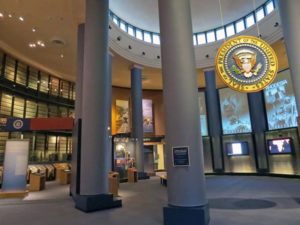
Architecturally speaking, President Carter’s official library has a number of attributes, including a modernist rotunda that Atlanta-based architect firm Jova/Daniels/Busby co-designed. A subsequent renovation brought an accent known as the soaring walls of glass, which showcases millions of pages of presidential papers. The interactive, award-winning museum is home to a full-scale replica of the Oval Office just as it was during the Carter Administration so visitors can experience a day in the life of the former president.
William J. Clinton Presidential Library and Museum (Little Rock, Arkansas)
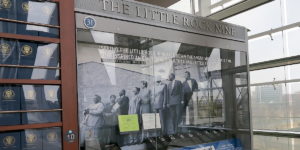
In a sign of the eco-friendly times, President Clinton’s official library and museum received a Platinum LEED certification when the facility was completed — a nod to its green features. Exhibits include an interactive view into the Secret Service and the Little Rock Nine display. In 1957, nine African-American teens attempted to integrate Central High School in Little Rock, Arkansas, but Governor Orval Faubus ordered the National Guard to block their entry. President Dwight D. Eisenhower sent the U.S. Army’s 101st Airborne Division to Little Rock, and on September 25th, they escorted the Little Rock Nine into the school through a white mob that had gathered outside.
George H.W. Bush Presidential Library and Museum (College Station, Texas)
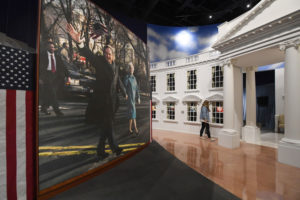
The senior President Bush’s library is housed within Texas A&M University. Features within the 69,049-square-foot facility include artifacts from Bush’s time in office, including displays that portray pivotal moments during the Gulf War. One of the newer features within the venue is a remake of the White House Situation Room. The library’s extensive electronic archive is what sets it apart – The collection contains approximately 200 million emails and 4 million digital photographs, making it the largest electronic records collection held by any presidential library to date.
Herbert Hoover Presidential Library and Museum (West Branch, Iowa)
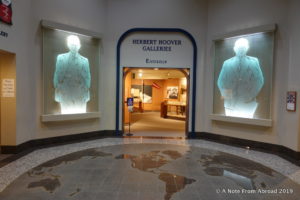
President Hoover’s official library is notable for reasons aside from his presidency because the facility pays special homage to his heritage as a Quaker. The grounds house the cottage where Hoover was born and offers displays of what a Quaker meeting room and blacksmith shop look like. The museum opened its doors to the public on Herbert Hoover’s 88th birthday, August 10, 1962. The museum, located within the Herbert Hoover National Historic Site, is not only his birthplace but also the burial site of Herbert and Lou Henry Hoover.
John F. Kennedy Presidential Library and Museum (Boston, Massachusetts)
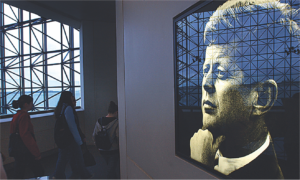
It might go without saying, but it is worth repeating: President Kennedy’s time in office was brief, but deeply impactful for a multitude of reasons. It should be no surprise that his official library reflects the imprint he left on the country.
Even the most minute of details at Kennedy’s library reflect an aspect of his character. For example, the location of the venue— overlooking Boston’s Dorchester Bay — reflects one of Kennedy’s favorite pastimes, sailing. Exhibits and features within the venue include a replica of Kennedy’s campaign office, an exhibit on the Space Race, and a tribute to Jacqueline Kennedy and Camelot.
Abraham Lincoln Library and Museum (Springfield, Illinois)
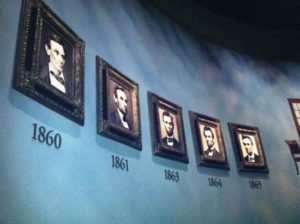
Operated by the state of Illinois, this venue features exhibits on the Civil War and the imprint it forever had in American history. The Abraham Lincoln Presidential Library & Museum is home to largest collection of Lincoln-related documents, artifacts, and books in the world. Notable artifacts include an original hand-written copy of the Gettysburg Address, the gloves in President Lincoln’s pocket the night he was assassinated, and the quill pen Lincoln used to sign the Emancipation Proclamation.
Barack Obama Presidential Center (Chicago, Illinois)
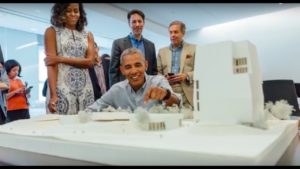
President Obama’s official library has yet to open — construction is underway in the year ahead — but has drawn attention because of one specific feature that harnesses modern conveniences. When it does open in the Chicago neighborhood of Jackson Park, Obama’s library will make all records within the collection available online. The museum aims to become a campus for the community, offering new outdoor spaces for its neighbors to gather. While it will honor history, the goal is that it inspires young people for generations to come.
Ronald Regan Presidential Library and Museum (Simi Valley, California)

In addition to serving as his final resting place, President Regan’s official library features a number of exhibits, including a display of an actual Boeing 707 that functioned as the official Air Force One vessel during his time in office. NARA officials in the past have reported this is the most popular of all presidential libraries in its system, based on visitor attendance.
Franklin D. Roosevelt Presidential Library Museum (Hyde Park, New Jersey)
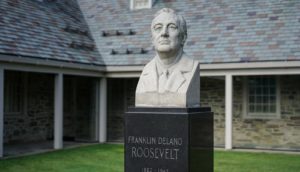
In a nod to his influence in preserving history, the Franklin D. Roosevelt Presidential Library and Museum is the nation’s first official presidential library. The venue houses a number of important documents and artifacts from Roosevelt’s time in office, including those linked to such key American moments as the Great Depression and World War II. When the building was constructed, FDR underscored the importance that the architecture work in harmony with its surroundings. President Roosevelt was deeply committed to supporting Dutchess County and the Hudson Valley.
Fred W. Smith National Library for the Study of George Washington (Mt. Vernon, Virginia)
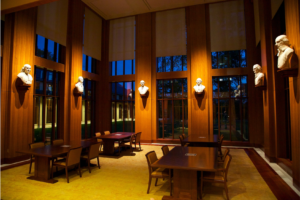
As the nation’s first commander-in-chief, President Washington’s tenure naturally ended long before the establishment of the official federal system in place today. But a venue delving into Washington’s life and influence is in place in Mt. Vernon. This privately run facility houses a number of important founding documents and artifacts, including those representing colonial times and the Revolutionary War.
